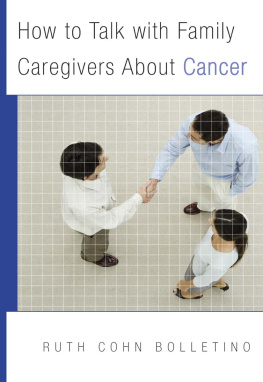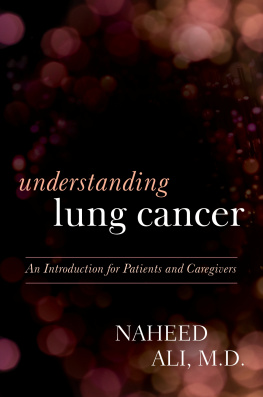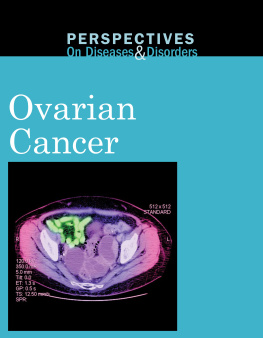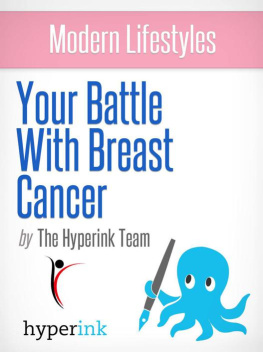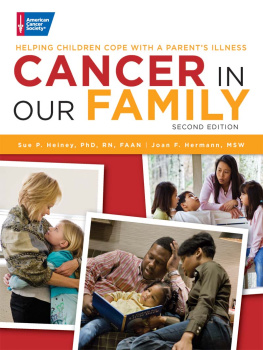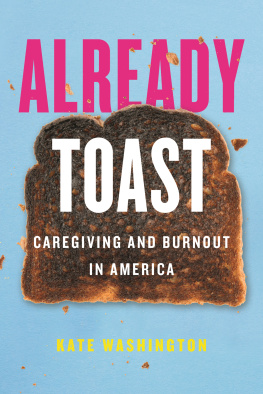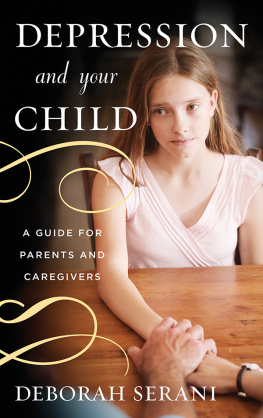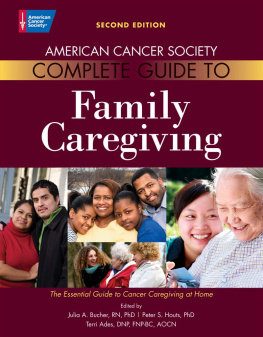Acknowledgments
M y special thanks to Larry LeShan, my long-time mentor, colleague, confidant, and friend, who sat with me over coffee and sandwiches as soon as a draft of each chapter was finished to read every word of it. His astute, informed comments and unfailing enthusiasm, guidance, and encouragement helped me always to move forward.
I also would like to acknowledge Sam Ellenport, who, despite knowing virtually nothing about psychotherapy or cancer (but a great deal about books and bookbinding), gamely and lovingly plowed through a version of almost every chapter and offered his unprofessional but valuable reactions and suggestions.
I want to express my thanks to my editors at W. W. Norton, particularly Andrea Costella, who invited me to write this book, which I surely would not have written otherwise.
My thanks, too, to all who formed my cheering squad, most notably Hannah Hendry, Sally Bergman, my niece Sandi Perlmutter, Kathy Gurland, and Jennifer Middleton, for reading parts of the work in progress and cheering me on.
To the caregivers and to the people they have loved and cared for who entrusted me with their stories and opened their emotional worlds to me, my deepest gratitude for making this book possible.
Introduction: Cancer Is a Family Illness
Our worlds are changed by the experience of illness and so are we indelibly marked by the ordeal, just as the heroes of Greek mythology cannot escape the underworld without paying a price or making a sacrifice. No one returns exactly the same; there is a bitterness or compassion, strength or fragility, faith or despondency that was never there before.
Katt Duff, The Alchemy of Illness (1992, p. 18)
M ost mental health practitioners have had little or no training or experience with clients dealing with cancer in the family. Yet at any time someone might turn to a therapist when their family member has been diagnosedand they are suddenly required to become a caregiver.
A caregiver may be the spouse or partner of someone who is ill, or the adult child, parent, sister or brother, or close friend. Whatever the relationship, cancer is a family illness. For some families, the course of cancer is long and catastrophic. For others, it is comparatively brief or manageable. In any case, from the moment of diagnosis the life of everyone in the family, as well as the family structure, is changed, often forever. A cancer diagnosis has been likened to a bomb going off in the living room, leaving the house filled with debris and all its occupants damaged. How extensive the damage is or how long it lasts depends on how it is addressed psychologically as well as medically. It also depends on how cohesive the family is, how well family members can communicate, and how effectively they can adapt to crisis and change.
Cancer is emotionally infectious. The emotional responses of family caregivers are in many ways like those of the person who is ill. However, while family members and patients share many fears and feelings, the two are in different situations, with different experiences and reactions. While family members are usually caring and supportive, often they are overworked and overstressed. They are providing some degree of support, help, and care for someone suddenly dependent on them in new ways. At the same time they have to try to keep all the activities of daily life together, often taking over the responsibilities of the person who is ill. They might serve as companion, friend, counselor, nurse, aide, advocate, breadwinner, financial manager, secretary, care team manager, and surrogate decision maker. They handle household tasks, medical appointments, and child care, as well as rising expenses and falling incomes. With all this, generally they have little time or energy left for social contacts or activities that could help sustain them. In this situation, their relationship with the person who is ill can change dramatically. For everyone in the family the diagnosis brings new challenges, new frustrations, new roles, and new responsibilities. For everyone involved, the diagnosis is an enormous emotional assault. Often brokenhearted, confused, anxious, isolated, frustrated, resentful, guilt-ridden, and dispirited, family caregivers are at particular risk for numerous mental and physical problems, many of which have their roots in stress, exhaustion, and self-neglect.
This book is a guide for mental health professionals working with an individual family caregiver of an adult diagnosed with cancer: a spouse, significant other, sibling, adult child, or parent. The term family caregiver is intended here to refer not only to relatives, but also to anyone close to an adult cancer patient who provides nonprofessional care or support, such as a life partner or friend. The term family refers to the group of people closest to the patient, whether they are the family of origin or of choice. Although the therapist might meet at times with the patient as well as with the family member, this book does not deal with family therapy in which the therapist works with the whole family system. Rather, it is about helping practitioners ease their clients emotional suffering, maintain their sanity, and find their own best ways to come to terms with their situation and with their own feelings and reactions. With this help, hopefully family members can deal with the illness and provide a healing environment for the patient, and the family can grow stronger, more cohesive, and more loving than before.
No two families are alike. They differ widely at least with respect to their structure and composition, their history, the nature of their relationships and interactions, their sources of strengths and tensions, their communication, values, perspectives, attitudes, and their reactions to the illness. Regardless of all their differences, the questions caregivers most often ask are, How can I deal with this terrible situation? Im terrified and overwhelmed and How can I help the person I love?

